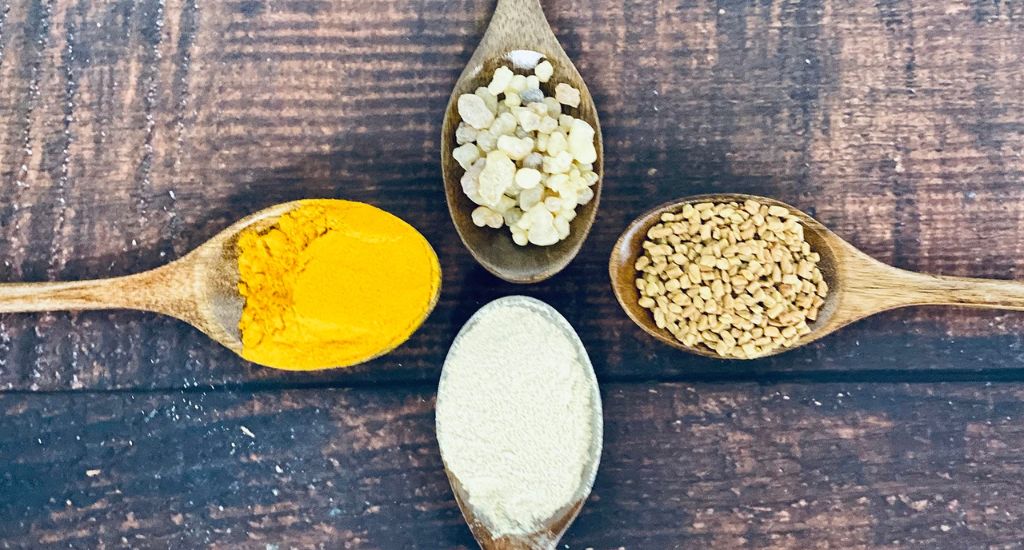As per some records the earliest evidence of cosmetics use dates back to about 2500 BC, during the time of the Indus Valley Civilisation. Both women and men used traditional skincare to augment their appearance. This beauty remedy practice was related to the seasons, and various kinds of lepas (masks) were recommended depending on the prevailing weather conditions, while tailams (oils) and ghritas (clarified butter) were also in use.
Fast-forward to the present day, a whole host of natural and herbal beauty remedies are being prescribed as per old customs. These are like old wine in new bottles, with attractive packaging, trendy brand names and social media campaigns to boot. With a revival of interest in your grandma’s traditional skincare, here are some natural beauty remedies from our esoteric traditions that you could consider adopting for a host of skincare benefits. A note of caution here though: Always conduct a patch test on your skin to ascertain you do not have an allergic reaction to the prepared product.
Shata dhauta ghrita

This emollient, which translates to ‘100-times washed cow’s ghee’, is used for the face and neck, or even open sores. Ghee (clarified butter) made from A2 milk is typically washed 100 times with either rose water or normal water in a copper vessel. The resultant ointment is a kind of fluffy balm that conveys the goodness of ghee to the inner layers of the skin, resulting in deep moisturising and a radiant complexion.
Kumkumadi tailam

Kumkumadi tailam or saffron oil is a miraculous ingredient that has become an essential part of many a face creams and gels available in the market. This is particularly true of most brands promising their ware to be herbal, natural or organic. The oil is supposed to reduce the appearance of blemishes, fine lines and wrinkles and give the user an even-toned complexion. Though a bottle can set you back by a few thousand bucks, users swear by it.
Also Read: Bengaluru couple’s startup goes back to the roots
Belly-button oil

Now how can oil applied to the belly button guarantee you a better complexion or hair? According to Ayurveda, this is a remedy not just for your external appearance, but also for ensuring better cognitive performance, and also for joint pains. As per the traditional Indian system of medicine, there are 72,000 nadis (channels) present in the nabhi (naval), and applying oil to the region brings benefits to many body parts, including hair and skin. The ritual is to apply warm oil to the belly button before going to bed at night. You can choose from varieties like neem, olive or almond oil, or take a formulation for skin made by a reputed brand.
Ubtan

Ubtan has to be the ultimate beauty weapon from grandma’s traditional skincare arsenal. Made primarily from gram flour, with other ingredients like chandan (sandalwood) and rose petals, not only does it work as a natural exfoliant but can also check the growth of excessive facial hair. The sweet-smelling mixture is typically made into a paste with a few drops of milk, applied to the face like a mask, and then rubbed off with cold water. You can make yours at home, or buy one of the herbal brands available in the market. It works as a face and body scrub, as well as a mask.
Lepam

In Sanskrit the term lepam refers to a herbal paste. Besides medicinal uses, the herbal pastes are used for tackling skin issues such as pimples, pigmentation and swelling. Nowadays various Ayurvedic and other beauty brands sell skin and hair masks that can enhance beauty. Alternatively, you can prepare yours at home using ingredients like sandalwood, rose water, turmeric, honey and other easily available ingredients.
Also Read: Manipur woman makes clothes with lotus stem fibre
The lead image shows a few things from the Indian kitchen cabinet that can enhance wellbeing. (Photo from Wikimedia Commons)








